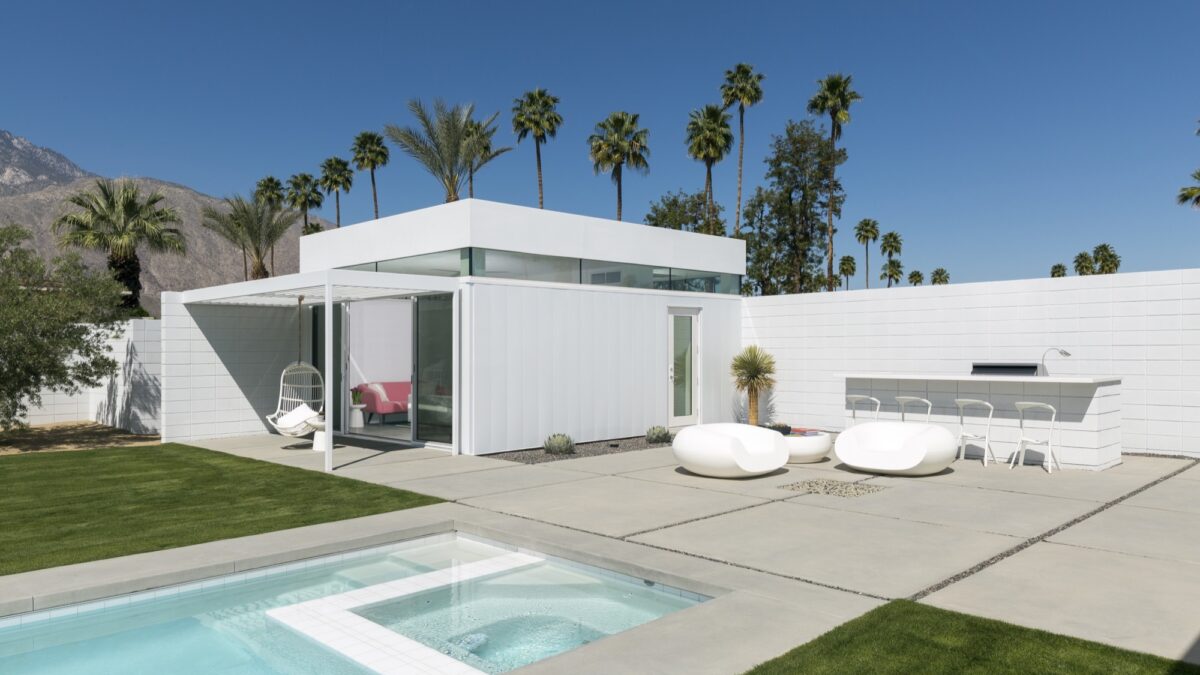
Blender 3D is a open-source 3D Palm Springs architects, that is capable of modeling, rendering and animating 3D environments, and one of the best parts about it, is that you can download it right away for free. Another cool thing about it is that the installed program it’s only 10 MB, and not only that, but it can run on Linux, Windows and Mac OSX.
Allan Brito is a Brazilian architect who specializes in information visualization. He lives and works in Recife, Brazil. He works with Blender 3D to produce animations and still images for visualization and instructional material.
Besides his work with Blender as an artist, he also has substantial experience teaching 3D modeling, animation, and multimedia at Mauricio de Nassau College.
Although this is a detailed guide, is far from being full of useless blabbering, and it goes straight to the point, taking you from a to z, from installing Blender and understanding how it works to the post production editing of the final images with another awesome yet free software: GIMP.
I recently reviewed a book called “SketchUp 7.1 for Architectural Visualization”, and while SketchUp is a different animal with tremendous power, I feel that Blender has been avoided for far too long, and the truth is that it can easily be measured with SketchUp in many ways. More about that, after the brief presentation of the chapters.
This chapter will cover the basics on Architectural visualization, the hardware and software requirements for Blender, tools for visualization, and CAD and 3D-Architectural modeling and resources.
Starting up with the interface of the software in Windows, and the customization power of the interface. Blender can be a quick tool if you know the keyboard shortcuts, and this is exactly what Chapter 2 covers.
Architectural modeling is all about proportions, and precision. This chapter will teach you how to work with layers, and how to create the basic objects we use everyday in architectural modeling, like walls, openings, floors and lining, etc.
Yes, believe it or not, GOD is in details, and this chapter will demonstrate how you can model windows, and doors with the amount of detail you want
Here you have the option of modeling, of using predefined objects from a library. Also if you really want to create your own designs, there are two sub-chapters that will cover modeling a chair and a sofa.